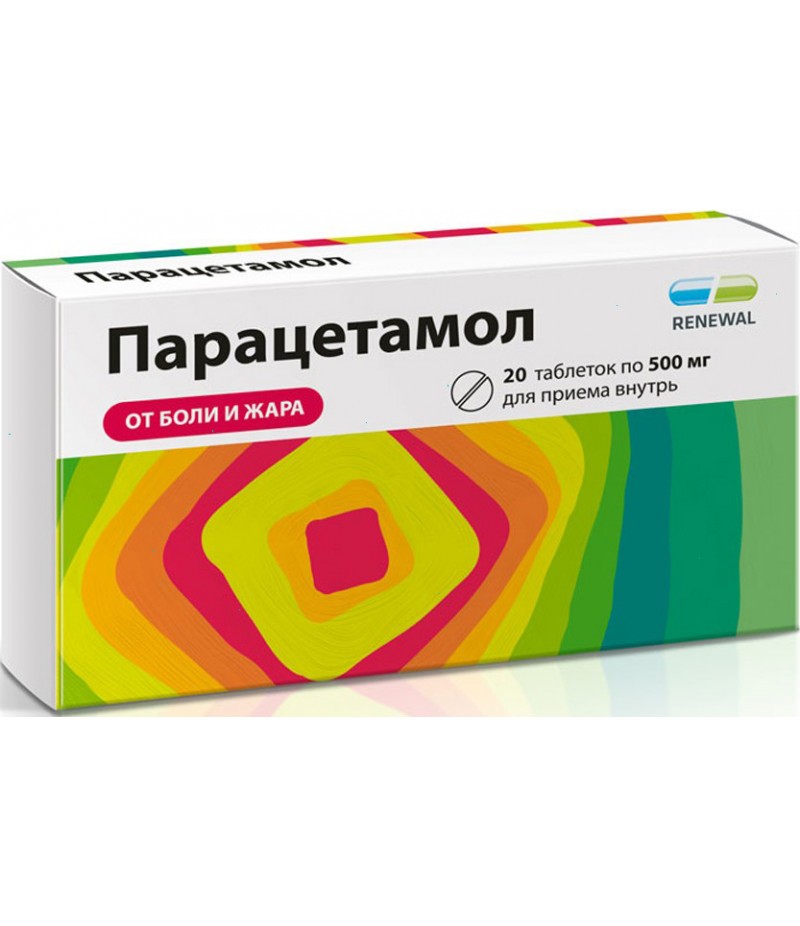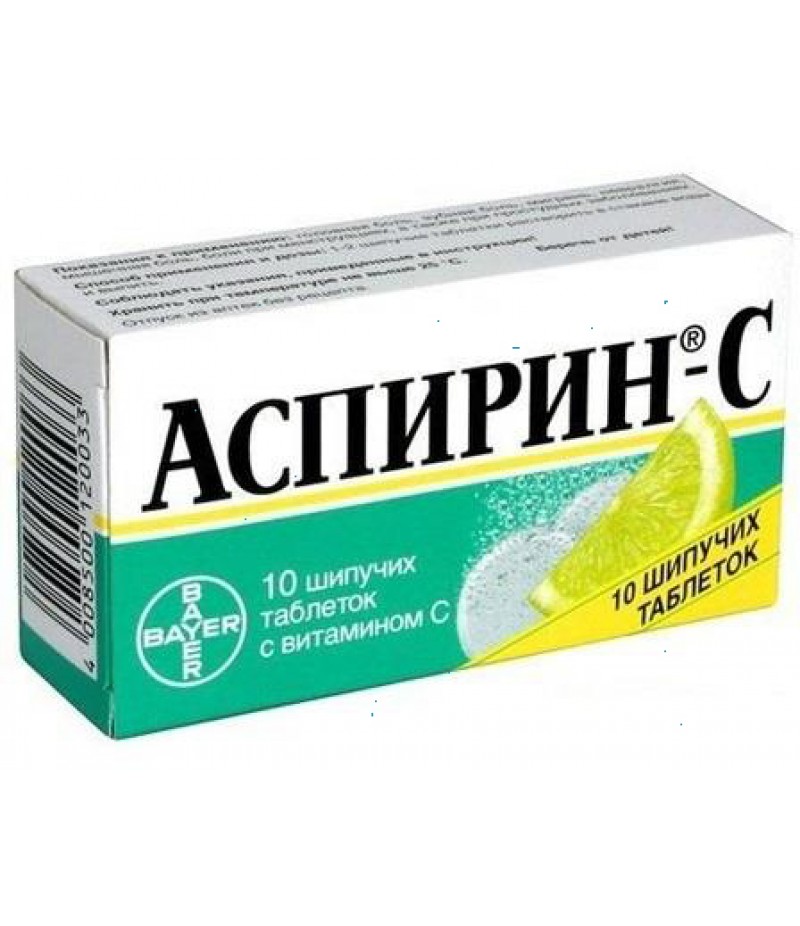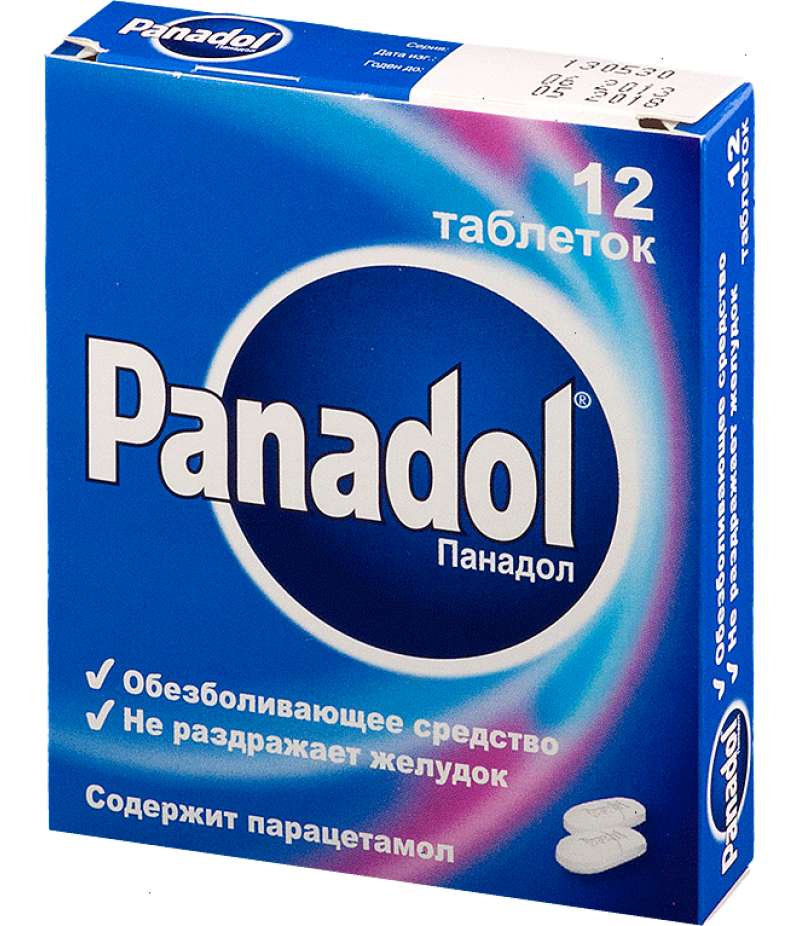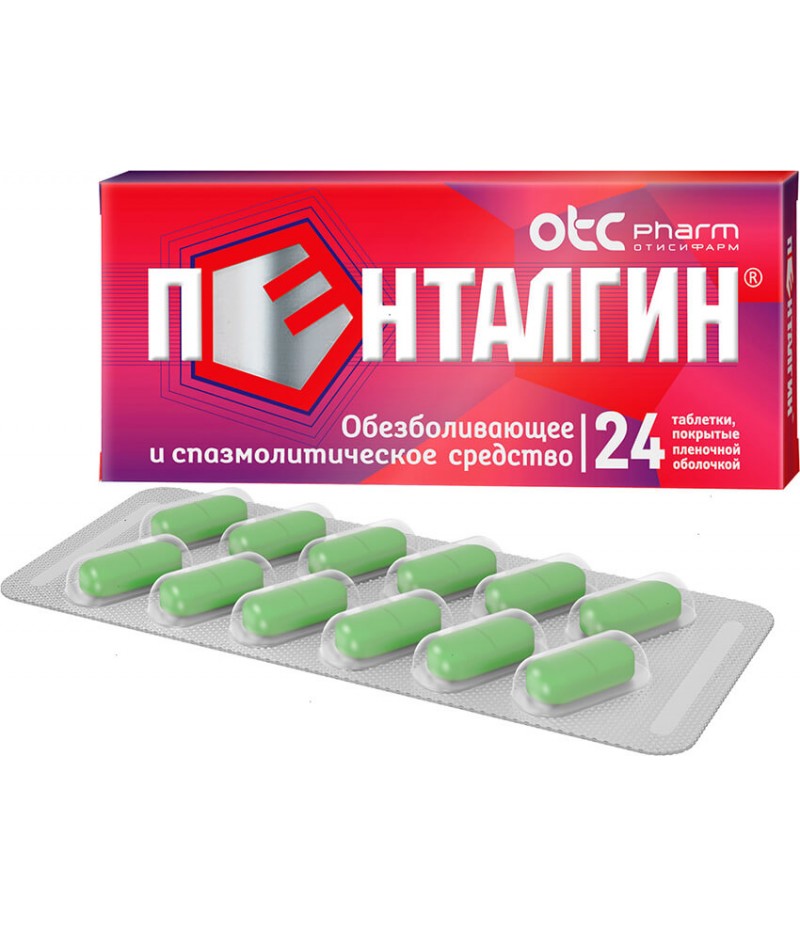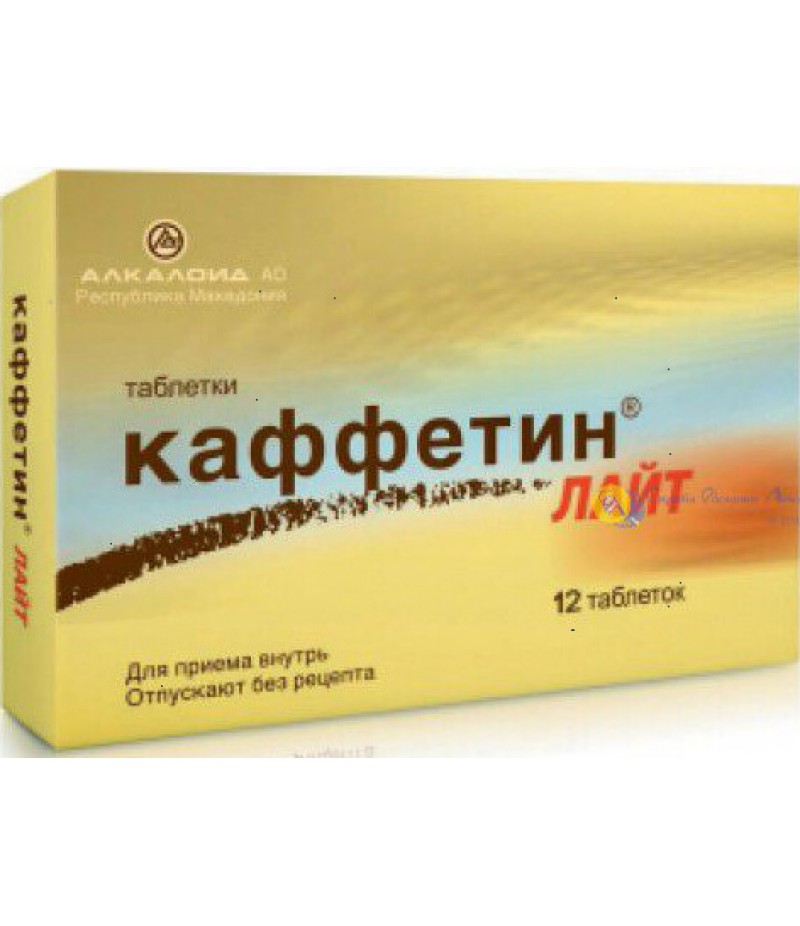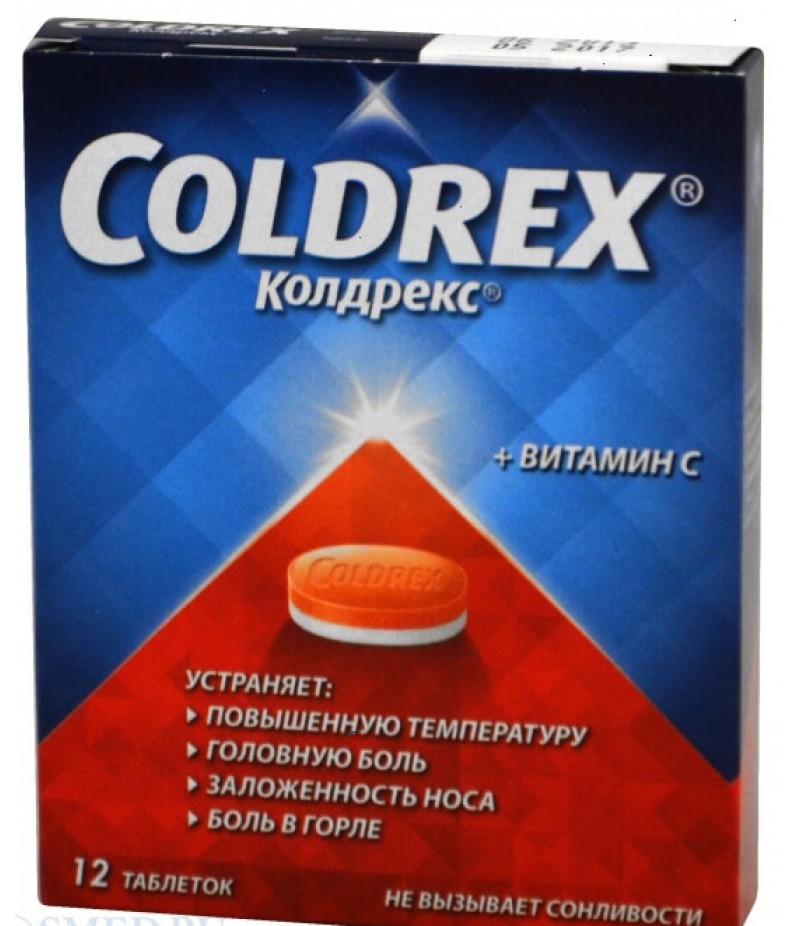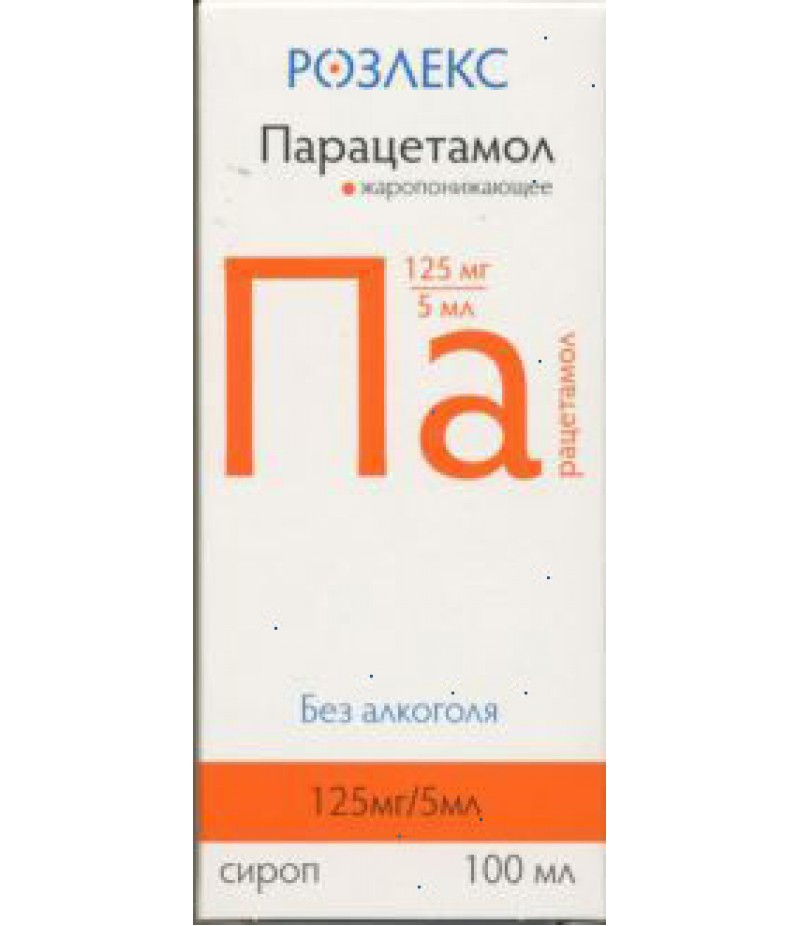Paracetamol 500mg #20
- $1.99
- 3 or more $1.94
- Availability:In Stock
Paracetamol instructionReed more and buy ParacetamolThe drug Paracetamol belongs to the group of antipyretics and has a pronounced analgesic effect.Form of release and medicinal compositionParacetamol is available in several dosag..
Paracetamol instruction
Reed more and buy Paracetamol
The drug Paracetamol belongs to the group of antipyretics and has a pronounced analgesic effect.
Form of release and medicinal composition
Paracetamol is available in several dosage forms. Paracetamol in tablets for oral use is packaged in blisters of 10 or 12 pieces in a cardboard box with the attached detailed description.
One tablet of the drug contains 250, 325 or 500 mg of the active active ingredient Paracetamol, as well as additional auxiliary substances.
Pharmacological properties
The drug Paracetamol has a pronounced antipyretic, analgesic and weak anti-inflammatory effect on the body. When the tablet enters the gastrointestinal tract, the active component is absorbed into the common bloodstream. The principle of Paracetamol is based on the suppression of the synthesis of prostaglandins - substances that are inhibitors of inflammatory and painful processes in the body.
Indications for use
Paracetamol tablets are given to patients under the following conditions:
Pain of varying intensity and origin - headache, toothache, menstrual pain, ear pain, muscle pain, post-traumatic pains, migraine;
Neuralgia;
Fever in viral and infectious diseases.
Contraindications
Before starting the use of the drug, the patient is recommended to read the instructions to the drug. Tablets are contraindicated in the following cases:
Individual intolerance to paracetamol;
Severe violations of the liver and kidneys;
Liver failure;
Age at children till 12 years (for the given medicinal form);
Pregnancy in the first trimester;
Chronic alcoholism.
With caution, the drug is used in the 2nd and 3rd trimester of pregnancy and during the feeding of the baby with breast milk.
Method of administration and dosage
A single and daily dose of the drug is determined by the doctor depending on the age, body weight of the patient, the degree of pain syndrome or heat.
For children over 12 years, a single dose of Paracetamol is 250 mg, a day can not take more than 1 g for patients of this age.
For adults, a single dose is 325 or 500 mg, in severe cases it is permissible to take 1 g of Paracetamol. In a day for adults, you can not take more than 4 g of the drug.
The tablet can be taken regardless of food, washed down with the necessary amount of liquid. Between doses of the drug should be able to withstand a time interval of at least 4 hours, otherwise the risk of side effects increases. The duration of the course of therapy with the drug should not exceed 5 days, if the treatment continues, then it is necessary to monitor the liver function and the level of liver transaminases.
Use during pregnancy and breastfeeding
In the first trimester of pregnancy, paracetamol tablets, like any other medicines, are forbidden to take, as this may adversely affect the fetal development of the fetus.
In the second and third trimesters of pregnancy, the use of Paracetamol is only possible according to the indications under the supervision of the doctor and only in those situations when the expected benefit for the expectant mother exceeds the possible risks for the growing baby in the womb.
The use of the drug during breastfeeding should be agreed with the doctor. Paracetamol is excreted in breast milk, so if necessary, lactation should be discontinued.
Side effects
During the use of Paracetamol tablets, the following side effects may develop in patients:
On the part of the gastrointestinal tract - nausea, vomiting, diarrhea, stomach pain, bloating, enlargement of the liver, a violation of its function, an increase in liver transaminase activity;
From the side of the cardiovascular system - increased heart rate, changes in blood pressure parameters, tachycardia;
On the part of the blood system - anemia, a decrease in the number of platelets and leukocytes;
On the part of urinary organs - pyuria, interstitial nephritis, glomerulonephritis, renal dysfunction, in severe cases, the development of renal failure;
Allergic reactions - angioneuroticeski swelling, rashes on the skin as a hives, redness.
With the development of such side effects when using Paracetamol, the patient should consult a doctor.
Overdose
With prolonged use of tablets in large doses, the patient quickly develops overdose symptoms, which clinically manifest themselves in the form of an increase in the side effects described above and the development of hepatic insufficiency.
If you randomly ingest a large number of tablets, the patient should rinse the stomach as soon as possible and deliver it to the hospital. If necessary, symptomatic treatment is performed. Paracetamol antidote is H-acetylestein, it is administered orally or intravenously.
Drug Interactions
It is not recommended to simultaneously prescribe Paracetamol tablets with Rifampicin, since in this case the therapeutic effect of the drug decreases.
When the drug paracetamol is combined with barbiturates or antiepileptic drugs, the risk of toxic damage to the liver increases dramatically.
The drug enhances the therapeutic effect of indirect coagulants, so to avoid the development of bleeding, you should not combine these medications with each other.
Under the influence of Paracetamol, the therapeutic effect of Acetylsalicylic Acid, Codeine and Caffeine is enhanced.
To avoid toxic liver damage and the development of overdose symptoms, Paracetamol tablets should not be administered concomitantly with other drugs that contain this component.
special instructions
Persons with a history of severe liver disease should always consult with a doctor before starting therapy and it is advisable to take blood tests to determine the activity of hepatic transaminases.
If a long-term use of the drug is necessary, the patient should monitor the clinical picture of the blood.
In pediatric practice Paracetamol is used in the form of an oral suspension intended for children from 2 months.
Conditions of dispensing and storage of the drug
Paracetamol tablets can be purchased at the pharmacy without a doctor's prescription. The optimum temperature for storing the drug is 25 degrees. Keep out of the reach of children in a dark, cool place. Shelf life of the tablets is 36 months from the date of production, which is indicated on the package. Do not use the drug after the expiration date.

